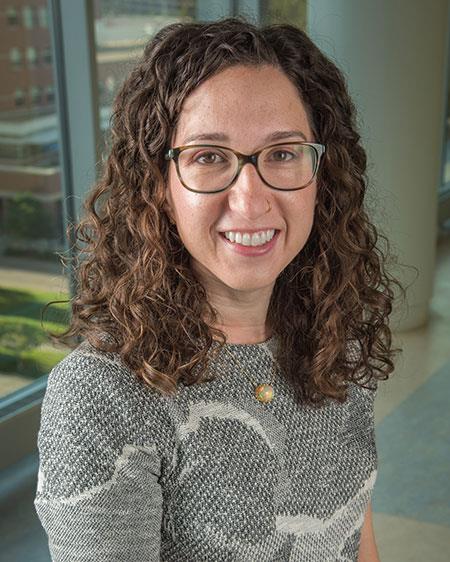Long-acting reversible contraceptives like intrauterine implants have greatly reduced unintended pregnancies and abortions, but government protections allowing religious hospitals to restrict care are limiting access to health care consumers, according to an expert at the University of Colorado Anschutz Medical Campus.
The commentary was published this month in the American Journal of Obstetrics & Gynecology.
“Long-acting reversible contraceptive (LARC) methods…are highly effective and result in a number of medical, social and economic benefits,” said the commentary’s author Maryam Guiahi, MD, associate professor of Obstetrics and Gynecology at the University of Colorado School of Medicine. “Previously, a major barrier to LARC access was financial, as many patients had inadequate insurance coverage or faced high upfront out-of-pocket costs.”
But in 2012, the Affordable Care Act (ACA) required all insurance plans to provide contraceptives without high deductibles or copays. Costs dropped while there was an increase in the use of long-acting contraceptives.
Maryam Guiahi, MD
Yet new barriers have surfaced, said Guiahi.
Many patients are treated at Catholic health care facilities which restrict access to contraceptives. Since 2016, 14.5% of U.S. hospitals have become Catholic-owned or affiliated, accounting for one in six beds. Those numbers will likely increase as Catholic facilities continue to expand and merge with other health care systems. Between 2001-2016, Catholic hospitals grew by 22%.
These hospitals are governed by the Ethical and Religious Directives for Catholic Health Care Services created by the U.S. Conference of Catholic Bishops. That means that most contraception is off-limits.
Guiahi said many physicians in these facilities have found workarounds allowing them to provide contraceptives to patients under the guise of reducing heavy menstrual bleeding or other medical problems.
In previous studies, the researcher found that many Catholic health care facilities lack transparency. One website review of all 646 U.S. Catholic hospitals found that 21% did not report their Catholic identity.
But so far there has been little research on the impact of restricting these long-acting contraceptives in Catholic hospital settings. Guiahi said her own efforts to research such outcomes “have been met with resistance and dismissal.”
“This adds to my concerns over lack of transparency and frankly dishonesty from Catholic institutions,” she said.
Guiahi, who once worked in a Catholic hospital, said most ob-gyns in these facilities understand the benefits of LARCs and what happens when they are restricted.
“Yet many feel overwhelmed by the influence of the Catholic church and the government, despite being the very experts on contraceptive care,” she said.
She urged action by physicians and others to ensure that research and health care access are not being sacrificed in the name of religion.
“We must demand that research efforts within Catholic institutions be ethical and expanded in order to understand the ways in which restrictions impact patients, the extent to which workarounds compensate and whether certain populations are at greater risk of adverse outcomes compared to others,” Guiahi said. “By providing evidence of the real-life implications of institutional restrictions to LARC in Catholic settings, we can then inform advocacy efforts to ensure equitable access to effective health care.”





